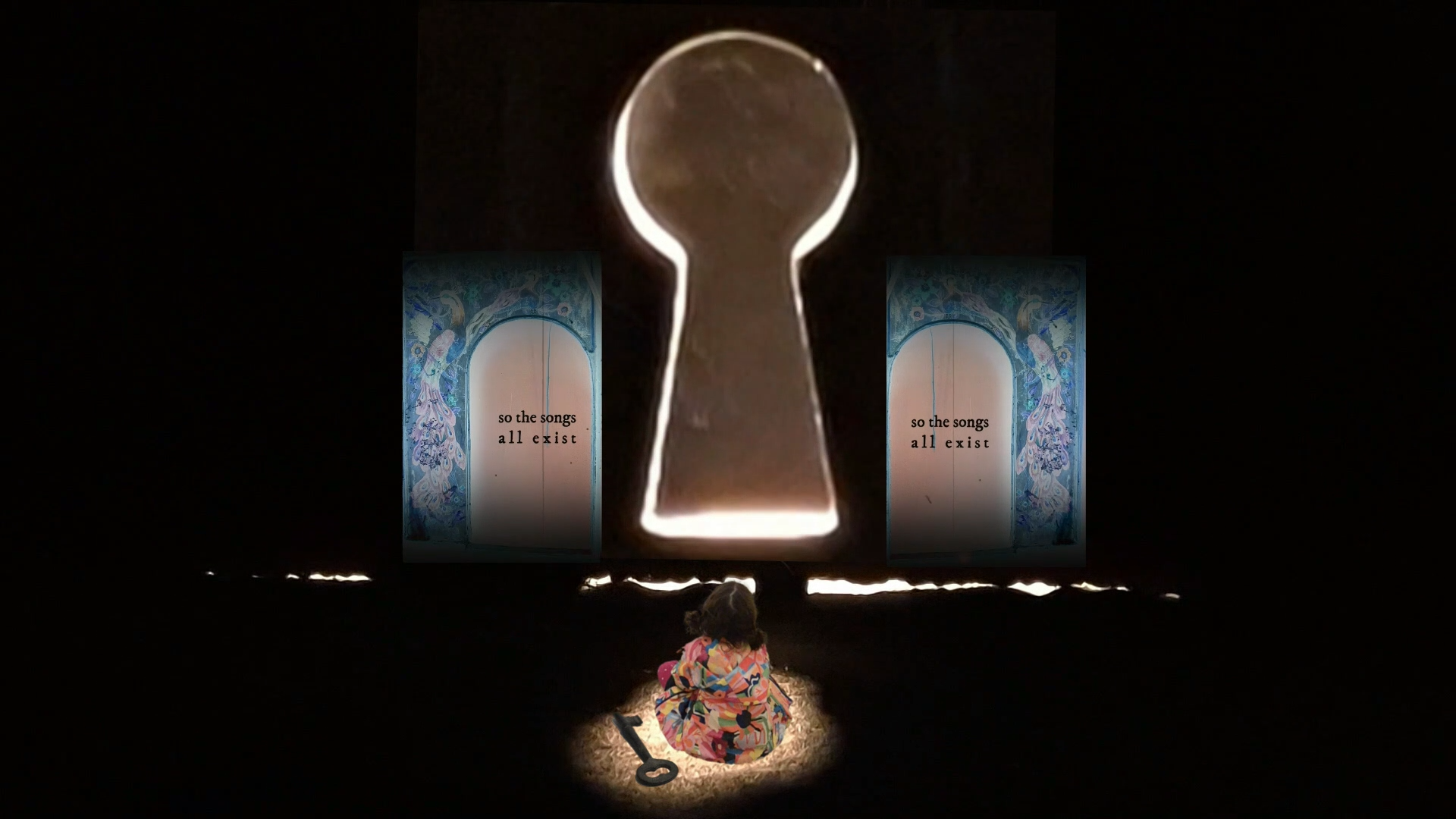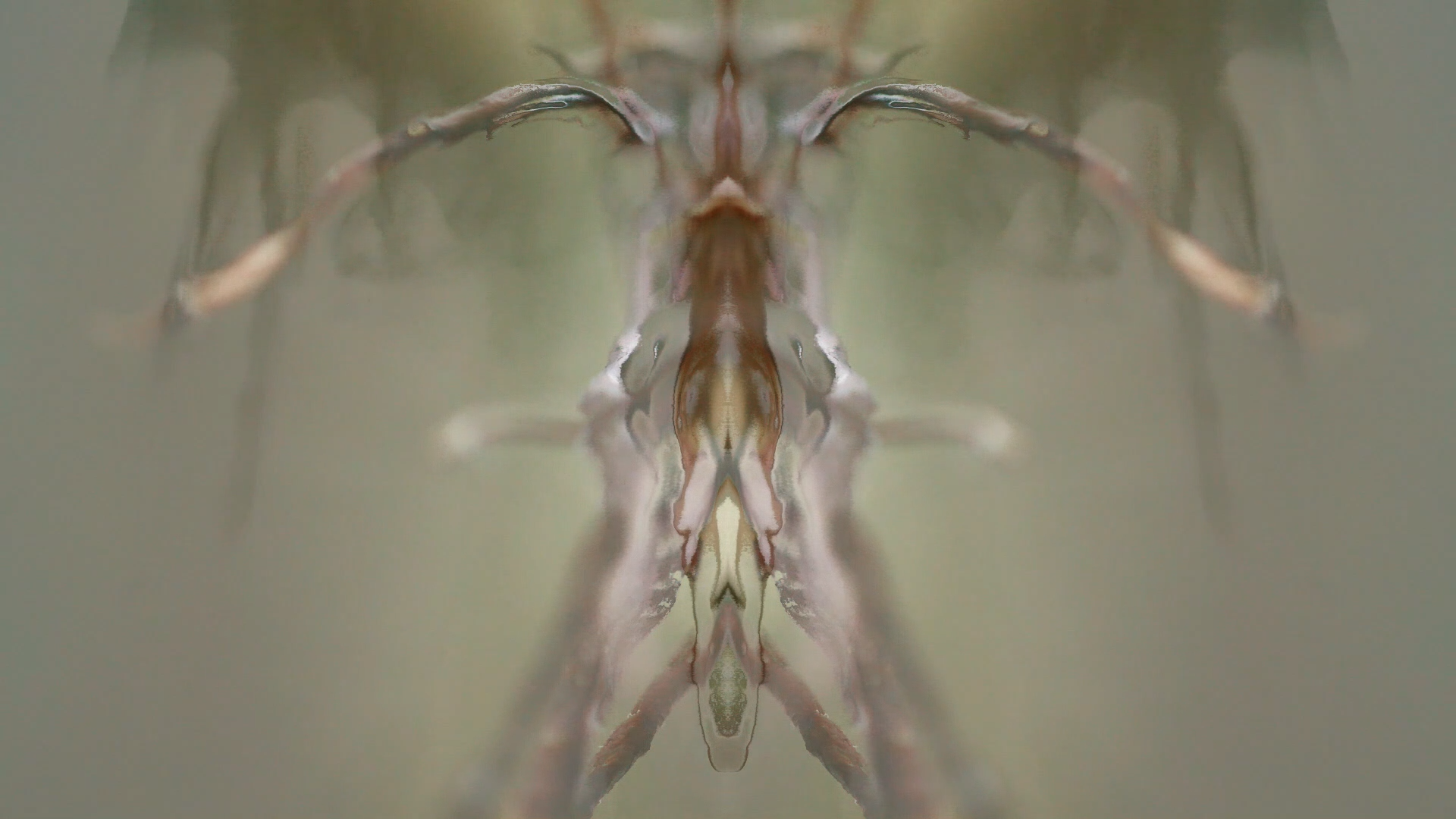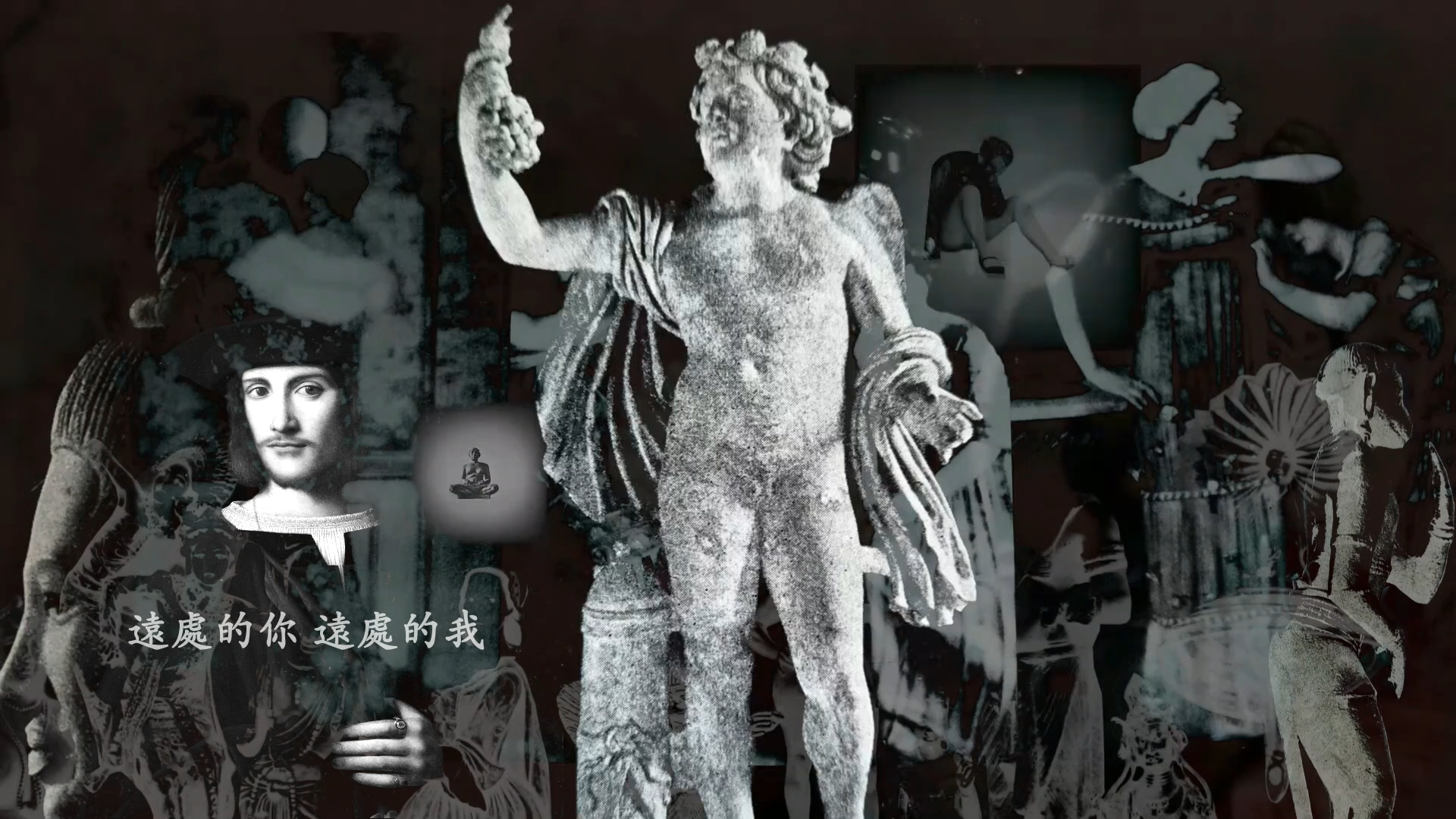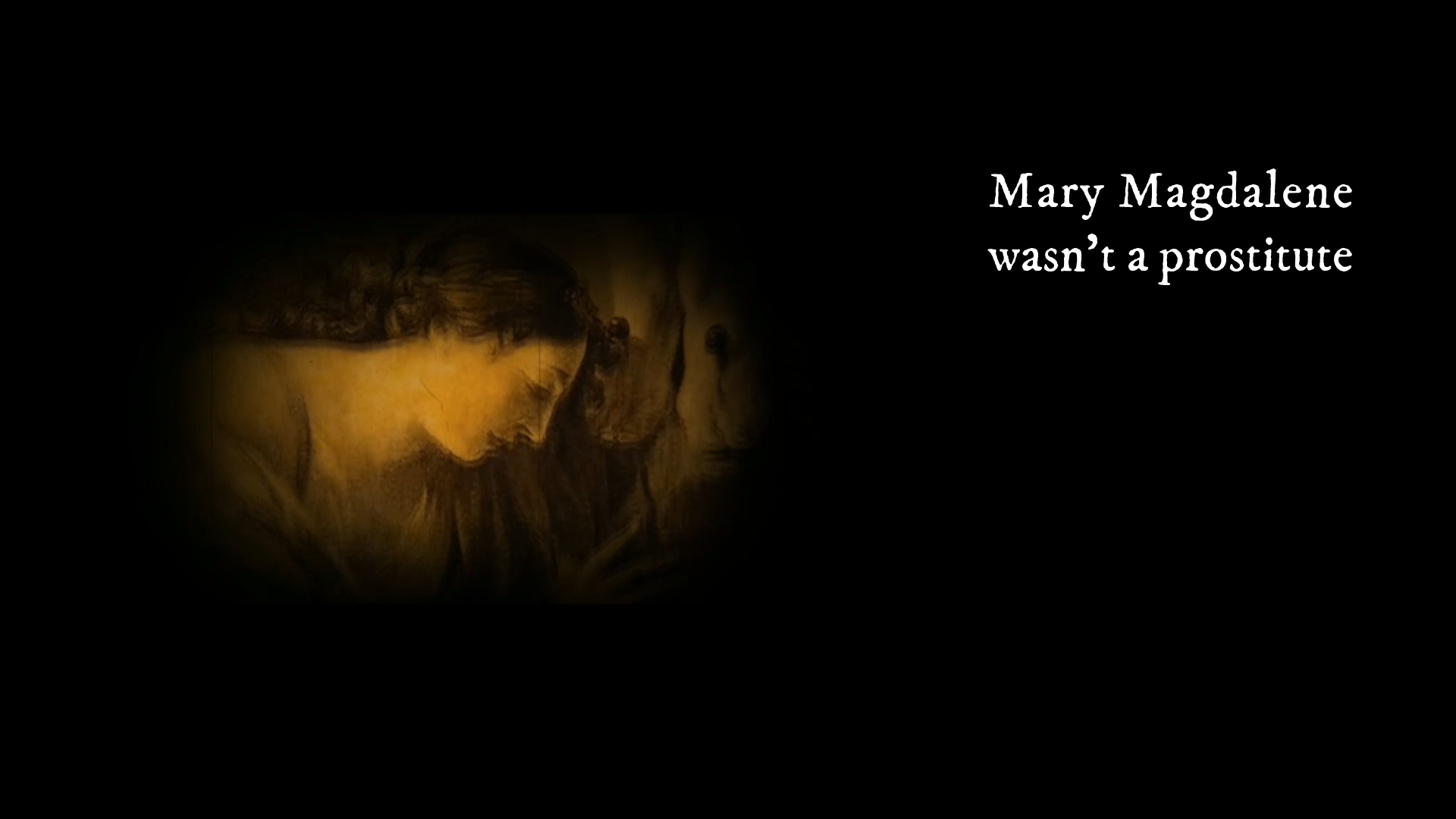About the films
The Vessels of Love 2025: love in transmission poetry film collection is produced by The Salons, and features our seven transnational artists: Natalia Treviño, Oormila Vijayakrishnan Prahla), Neha Kale, Josh Stenberg, Clarita Derwent, Teena McCarthy and Djon Mundine.
The works are an expression of Poetry Sydney’s recognition that the presence of the poetic is not limited to poetry per se, but is intrinsic to all artforms. The collection is indicative of The Salons’ signature style to create unusual arts experiences through sustainable practice.
Stylistically, the collection registers the multi-sensory storytelling possibilities of film’s form by blending fine arts practices in the visual arts, music and cinema with digital recording and editing techniques. The feel of each film is inspired by those intangible qualities within the poem itself, found in theme, intent, subtext, language, rhythm and narrative expression.
Alongside such theatrical influences as absurdism, burlesque, puppet theatre and shadow play, the collection’s style is informed by silent cinema techniques from the early twentieth century, such as stop motion animation, spirit photography and silhouette film.
The resulting collection realises the potential of collaborative thought and experimental process: the films dive, fly and wander across cultural, technical, temporal, emotional and ideological boundaries, veering into expressions of ancestral wonder, transcultural gender bending, avian totemism, arcane animism, pan-religious archetypes and multilingual absurdism.
The Salons would like to extend our gratitude to the following people, without which the making of these works would not have been possible: Angela Stretch, Martin Sawtell and our artists, Oormila, Teena, Djon, Clarita, Natalia, Josh and Neha, it has been an absolute joy to work with you.
Bird call (2025)
Featuring selected excerpts from the essay of the same name by Djon Mundine, first published online in Verity La Magazine, 2020
A meditation on love, death and belonging, guided by the call of the cuckoo shrike.
Djon Mundine
Shared statement
Based on Djon’s memories throughout his life, the original essay Bird call is a work of poetic storytelling in recognition of the totemic role of birds in everyday Australian life, across urban, rural and outback spaces. Guided by Djon’s narration, the film brings to life moments of love, death, friendship, displacement and incarceration. The persistent call of a migrating cuckoo shrike is heard throughout, amidst intermittent native birdsong, posing an ironic symbolism in relation to the overarching themes of transnational identity, home and belonging.
For Djon, the artist’s call to be heard, is also (again ironically and symbolically) aligned with the cuckoo’s call for connection. He writes: ‘When you make an artwork, and it’s given out, whether it bounces back, whether you hear a reply, you’re waiting for a reply to echo back. An echo means that somebody’s actually heard it. And it might echo back a bit distorted, or it might come back like that cuckoo call. You can hear it calling back and you’re wondering whether the cuckoo actually hears a reply. It’s like something out if that Greek story of Echo wandering through the bush, through the forest, calling and trying to hear a reply. It’s an ultimate metaphor, an ultimate feeling of love, that you have an echo that comes back.’
Details
Spoken word by Djon Mundine
Stop motion silhouette animation (after Lotte Reiniger): hand-cut paper birds, photographed on light table
Moving landscapes: based on digital photographs of bushland pathways and urban scenes (various locations around Sydney, Australia, 2024), Canon EOS 5D
Field recordings: migrating cuckoo shrike (Djon’s home in Mittagong) and urban birdsong in Newtown
Languages: English and Eora
Oormila Vijayakrishnan Prahlad
Silver cord (2025)
After the poem of the same name, written by Oormila Vijayakrishnan Prahlad in 2024, for Vessels of Love 2025: love in transmission
A poetic map of memory, spanning Kerala, Kuwait and Sydney. ‘I am a composite of all the places I have experienced and the cultures I have lived within.’
Artist statement
Oormila Vijayakrishnan Prahlad
In this artwork I have explored memory and place, and have represented parts of myself through the lands that hold significance for me. It is a visual mind map of three geographical regions that are especially dear to my wandering soul: Kerala, where my ancestors are from, Kuwait, where I was raised, and Sydney, which is now my home, and where I raise my children. I have used a variety of materials to create this piece. Symbolically, it represents me—I am a composite of all the places I have experienced and the cultures I have lived within.
Silver cord: the silver cord is a metaphysical skein that links the physical body to the spiritual realm. My poem is an acknowledgment of the lives and stories of my forebears, and the enduring connections that tie me back to my familial roots even though I have moved so far away from those origins.
Details
Spoken word by Oormila Vijayakrishnan Prahlad
Chrysalis: sleep state 4 (2024) composed and recorded by Angie Contini
Where do you come from? Vintage pianola scroll artwork, hand-wound on custom-made spools: designed by The Salons, hand-painted and inscribed by Oormila Vijayakrishnan Prahlad (2024)
Dimensions: 400cm x 30cm
Medium: mixed media of acrylics, gel medium, gouache, pens, paper motifs, fabric and traditional Indian zari lace
Languages: Arabic, Malayalam (Oormila’s mother tongue), English
Entre dos lugares (2025)
Sung and spoken by Clarita Derwent.
An ode to Cuba’s oral storytelling tradition, weaving music, displacement and memory.
Clarita Derwent
Shared statement
‘Entre dos lugares’, which means ‘between two places’, celebrates the storytelling practice found within the aural music tradition. It highlights how this tradition continues to thrive and hold significance, particularly for the people of Cuba, even amidst ongoing socio-political unrest. The sound collage features both traditional and modern songs from the African diaspora across Cuba, Brazil, Peru, and Ecuador.
In the film, Clarita discusses the work of her mentor, José Prates, and how his song relates to the act of carrying one’s house key during times of transnational displacement. The film portrays the paradoxical experience of trauma and hope through the captivating imagery of a keyhole theatre. In this setting, a little girl holds her key, entranced by the stories of her people—both past and present.
FEATURED SONGS
Song to Oya, an Afro-Cuban/Regla de Ocha traditional (with shruti box accompaniment)
Mi Lindo Carpuela, an Afro-Ecuadorian creole song with words and music by Milton Tadeo, Hernando Congo, Fabián Congo
Song to Ekué, an Afro-Peruvian creole song with words and music by the poet Cesar Calvo
Song for Oshun, an Afro-Cuban/Regla de Ocha traditional (with shruti box accompaniment)
Casa Brasiliero, a modern Afro-Brazilian lament with words and music by José Prates
Details
Song and spoken word sound collage with Clarita Derwent
Shruti box accompaniment: Clarita Derwent
Miniature keyhole theatre, designed by The Salons
Stop motion animation created from still photographs (including Clarita’s ancestors), Canon EOS 5D
Double exposure video of seascapes and roadtrip footage (various locations Sydney and South Coast)
Languages: English, Spanish and Portuguese
Ghost route (2025)
After the poem of the same name written by Neha Kale, and one of five vignettes from the complete work Untitled (memory aid), originally devised for The Salons love lines exhibition (Chrissie Cotter Gallery, 2023). Autofiction as a map of emotional geography—each memory, a pinpointed coordinate of love.
Neha Kale
Artist statement
Neha Kale
The phrase memoir stems from the French aide-memoire—a memory aid or document to help you remember. When I write from life, I’m fascinated by how remembering can be an imaginative act. Nonfiction is beholden to facts. Yet the writers I most admire—such as Joan Didion, Rachel Cusk, Teju Cole and Deborah Levy—are concerned with our fallibility as narrators of our own experience. Memory shapeshifts. The stories we tell ourselves about ourselves change according to our proximity to others and distance from the past. To me, the love line evokes the ways in which my life, here on Gadigal Land in the present is tethered by invisible strings that connect me to small moments and encounters involving people I love. As a settler in this country, my sense of self is more rooted in my relationships with others across place and time than it is in any contrived sense of belonging.
I believe we are shaped by our memories. But I also believe that our memories occupy a space somewhere between fact and fiction. To make Untitled (memory aid) I traced a map of the world, an attempt to define landscapes that I know and those I still dream about. Over a week at my parents’ house in Perth, the city in which I grew up but haven’t lived for two decades, I composed six short works of autofiction—pieces that can also be read as prose photographs—based on memories that I return to. Each one is addressed to a person I care about. Each is ordinary, unremarkable. An exchange. An observation. Or a minor sequence of events. By pinning them to locations where they unfolded, on the map I traced, I’m trying to plot the changing coordinates of my emotional geography and where I sit in relation to it right now.
Details
Spoken word by Neha Kale
Original soundscape composed and recorded by Angie Contini (2025)
Moving portraiture: still photography of hanging tree roots, Canon EOS 5D
Language: English
Josh Stenberg
遠處的你 遠處的我 (2025)
After the poem of the same name written by Josh Stenberg in 2024, for Vessels of Love 2025: love in transmission.
Language, distance and yearning collide in a Milanese landscape.
Artist statement
Josh Stenberg
I was alone abroad, in Milan, in the farrago of impressions and work, long enough not to be living there but to understand what the everyday might entail, the exchanges of conveniences and sorrows and enlightenments and ire. My home life is in one language, my work life another, my life in Milan was a third, and my research reading tends to be a constant babble. I got the invitation to contribute, and being away from my husband had the theme of yearning as part of my daily fare, and let the fences between the languages in my life collapse. It’s been a comfort and delight to work on this project, to confirm that these words can go somewhere and point at meanings outside my own head.
Details
Spoken word by Josh Stenberg
Instrumental soundscape devised by Angie Contini (featuring Stan Valacos on double bass, Leonie Cohen on piano, Alex West on drums, Angie Contini on hand percussion)
Stop motion animation with hand-cut collage pieces, images and silhouettes (vintage encyclopedias and magazines)
Languages: Mandarin, Russian, Italian, Portuguese, German, Japanese, Romanian, French, Spanish and English
the Land is our archives (2025)
After the poem of the same name by Teena McCarthy, written in 2024.
A tribute to a Barkindji grandmother, unconditional love and survival.
Teena McCarthy
Artist statement
Teena McCarthy
I LOVE MY NANNA! My Barkindji nanna was unconditional love...not only grandmother—also a mother to me.
As a member of the Stolen generations, nanna had a tough life as a ‘domestic servant’ on an outback station in WA.
My nanna was a slave.
Details
Spoken word by Teena McCarthy
Photograph: My first Holy Communion with Nanna (1970)
Moving portraiture of Teena’s white paint performance
Landscape, tree canopy and seascape video footage and digital photography with material filters
Inverted stop motion animation of native plants, Canon EOS 5D
Languages: English and Barkindji
Sacred heart: a love story (2025)
After the poem of the same name by Natalia Treviño, first published in Lavando La Dirty Laundry, Mongrel Empire Press (2014)
A poetic excavation of Mary Magdalene’s hidden history and the endurance of faith.
Natalia Treviño
Artist statement
Natalia Treviño
Sacred heart: a love story works with the controversial story about Mary Magdalaine’s hidden relationship to Christ as described in the Gospel of Thomas, a text which was discovered nearly two thousand years after it was buried near the Nile River. The poem deploys a message of perseverance for women who feel a calling to serve in spiritual leadership roles.
Details
Spoken word by Natalia Treviño, recorded in Texas, USA
Anatomy print images: vintage medical encyclopaedias
Hand-cut collage pieces and print images: vintage artbooks
Mexican Catholic statues and sculptures from Natalia’s home
Language: English









